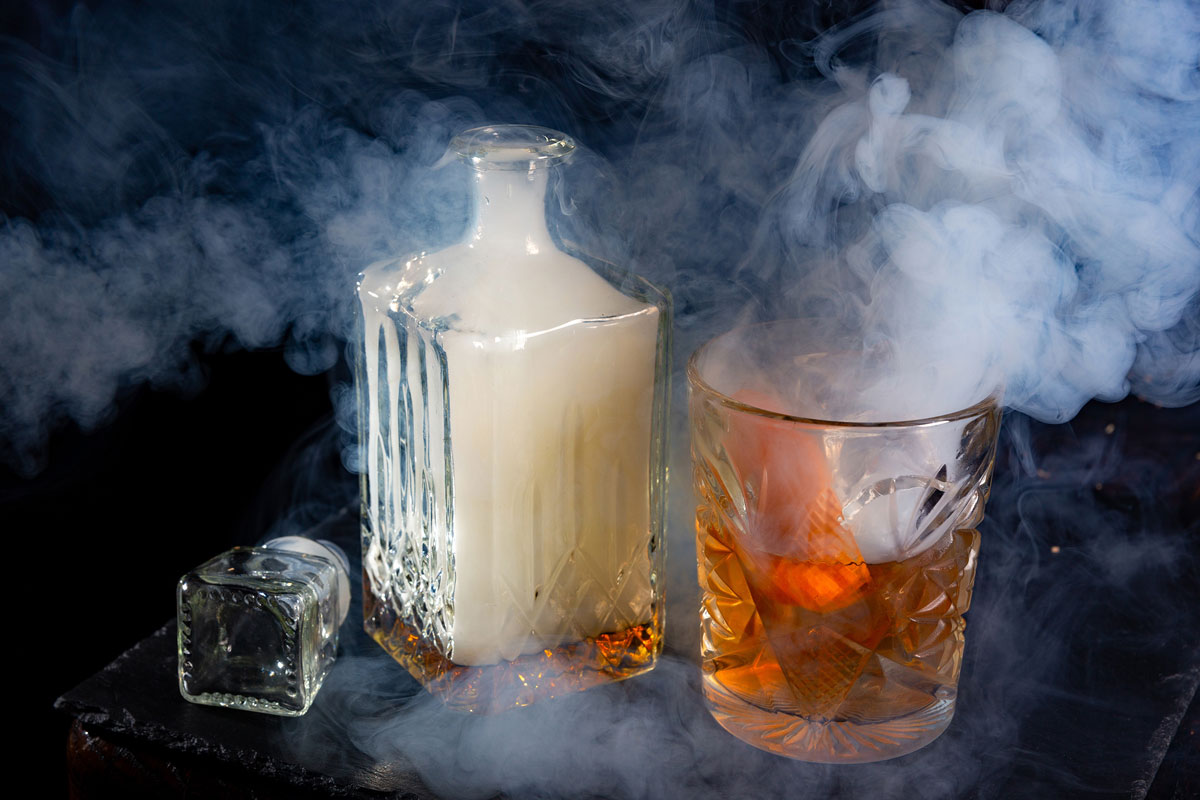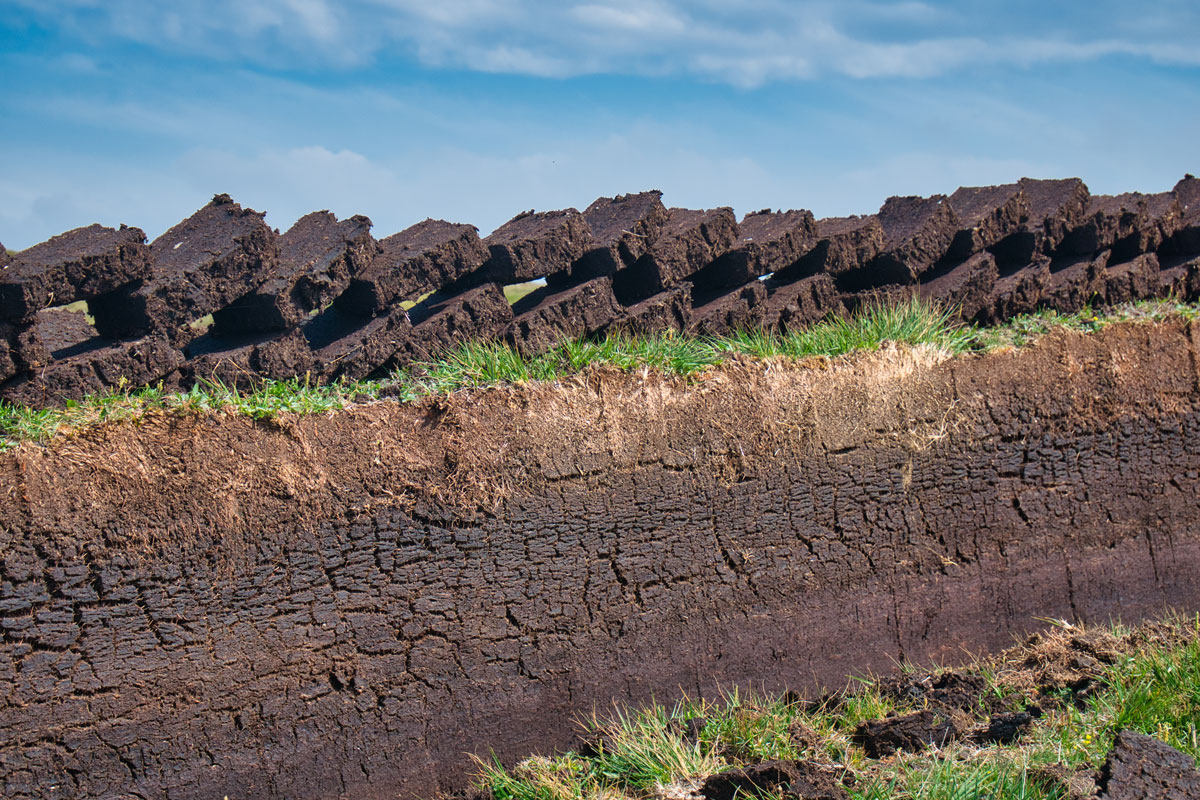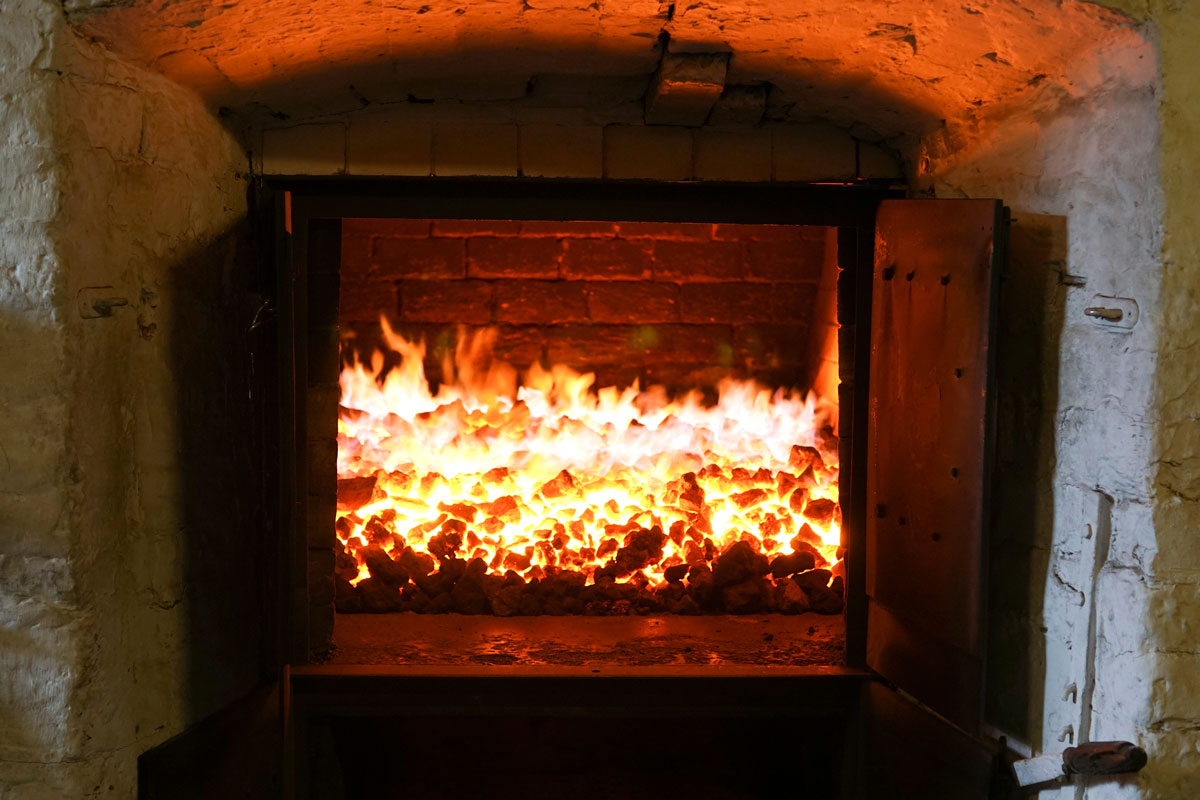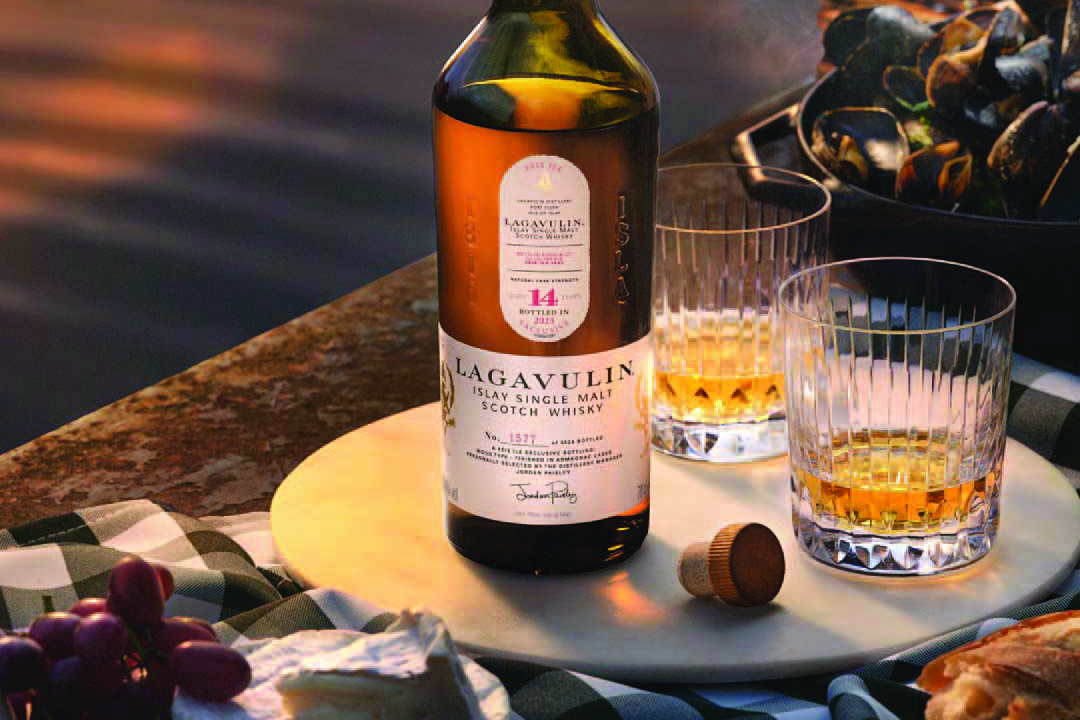
Breaking Barley – distilling and peat
By Andrew Dowson /@whisky__daddy
Who is Peat and why do we love him so much?
Peat is a fossil fuel that has historically had many uses outside of whisky production.
As the most plentiful and accessible fuel source for most Scots until the advent of the Industrial Revolution, things like cooking and heating the home would have been achieved using peat that crofters dug and cut out every spring and summer.
So how did it come to be used for whisky and why does it now play such an important role?
Well, originally it was convenient. As the most plentiful and accessible energy source available when early distillers were producing whisky, the kilning process would have used almost exclusively peat to dry the barley.

To lay to rest some misconceptions over peat, we have to understand the distillation process of whisky almost in its entirety to see why it has such an impact on the final outcome.
Buckle up – it’s science time!
In order to create whisky, three ingredients are required: water, yeast and barley (at least for malt whisky).
The basic process is that the yeast consumes the sugars from the barley and converts it into ethyl alcohol. The first part of distillation is where peat will begin its relationship with our final product.
The ‘piece’ or green barley has not germinated yet and therefore no accessible sugars are available to convert into alcohol. The idea is then to trick the barley into germinating, as malt barley, above most other grains, has higher levels of both alpha and beta amylases which convert the resident starch in the kernels to those sugars we want for the yeast to consume.
Starting off, we moisturise the barley. Traditionally this would be spread out on a malting floor and then hand turned to ensure even germination, but nowadays with the rise in volume production, almost all Scotch distilleries have mechanised this process via Saladin boxes (Tamdhu) or drum maltings (most other distilleries), to the point where Port Ellen on Islay and Baird’s Maltings in Inverness are the main maltsters that produce the malted barley to specification for distilleries.

Once the kernels have reached their peak starch levels where they are about to tap into the ‘reservoir’ of energy within themselves to grow, that growth process needs stopping, and this is where peat makes its appearance.
To stop this germination, we must dry out the barley.
In modernity, the main way is again via a drum malting, using hot air. Imagine an industrial size tumble dryer and you’re on the right path.
“Peat smoke contains phenolic compounds that adhere to the barley and scent it.”
However, the traditional method would have been in a kiln where the barley was dried over peat bricks cut from the local area.
Peat smoke contains oily phenolic compounds that adhere to the barley and essentially scent it.
This lays to rest the first common misconception of peaty or ‘smoky’ whisky – it is not the water that’s smoky and the water does not give peated malts their signature flavour. It all comes from the peat bricks that dry the wet barley.
Everything from here on out, now that we have barley peated to a certain level (known hereafter as ppm or ‘parts per million’), will essentially reduce this number.
Whilst it is nice to have an easy, singular number to define the presence of peat, the use of ppm in whisky can be somewhat misleading. If I make a whisky and ask Port Ellen or Baird’s to malt it to 100ppm, that’s the peat level in the barley, not the new make spirit or the final product.
Fermentation, distillation and maturation will all have an impact on what the final outcome is.
Where I may have barley peated to 100ppm, my decisions throughout the creation of the whisky might actually reduce it drastically to 50, 30 or even 15ppm. What is infinitely more interesting in the flavour of peated whisky is the polyphenols found within the peat itself.
“Using ppm is a surefire way to over-simplify how ‘smoky’ a whisky tastes.”
There are eight major phenolic compounds, but the main ones are phenols, guaiacols and cresols, with eugenols playing a minor role too.

These are the oily compounds that adhere to the barley and where the flavour is coming from. Regardless of whether the whisky is a 308ppm Octomore or a 17ppm Torabhaig, depending on the balance of these polyphenols, the flavour outcome will be vastly different.
Using ppm is a surefire way to over-simplify just how ‘smoky’ a whisky tastes. Larger concentrations of phenol are found in Scotch, but due to its inactivity, its ‘medicinal’ flavour contribution is considered quite minimal. Cresols are much more active however and give off tarry, asphalt, newly-laid roadwork smell.
Even more complex is guaiacol, giving lots of earthen, medicinal and wood smoke notes whilst being present in relatively small concentrations.
Eugenols provide a less iodine/TCP medicinal note more akin to cloves and for me have an almost cough mixture quality to the flavour.
So terroir is important to the outcome of the flavour as whilst it is all peat, it is almost like saying that just because it is all grapes, the wine will all taste the same.
If you were to peat two whiskies to the exact same level using peat from Islay and peat from Elgin, you would find that they taste remarkably different, and this is due partly to the phenolic makeup of the peat.
Islay peat has more seaweed, sand and minerals, while Speyside peat has more heather and greenery.

So next time you tuck into a Lagavulin, Ledaig or a Benromach, don’t just think about the levels of peat in the whisky – think about the character of the peat itself.
Most phenolic activity is lost in the second distillation phase, where the size and shape of the still, the speed of the spirit run and most importantly, the distillers’ cut point have a massive impact on what gets carried over.
Torabhaig is a fantastic example as they cut quite early into the run for a peated whisky meaning that mostly lighter components are carried over whilst the heavier, more intense flavours are lost to the feints.
Other distilleries like Bruichladdich who want the most intense components for Octomore, will cut much later in the run to allow those phenols, with their high boiling point, to be included in the final cut.
Slainte Mhath!



















